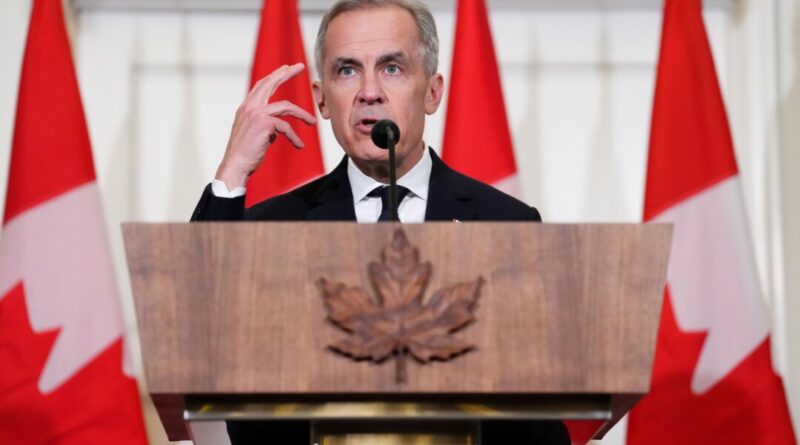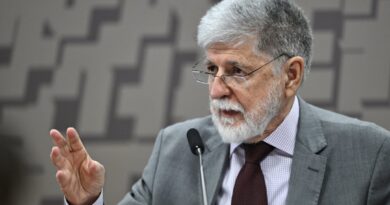Carney Stands Firm on Hiding Financial Assets Details
Prime Minister Mark Carney asserts his compliance with conflict-of-interest rules, opting not to disclose publicly the details of the assets placed in a blind trust upon assuming office.
Carney, currently in London, England, as part of his European visit, avoided revealing the specifics of his assets when questioned by a reporter about making them public before entering a blind trust.
“I adhere to the ethics commissioner’s regulations. I’ve followed them well ahead of any requirements, as you’re aware,” Carney responded to the reporter.
Tensions escalated when another reporter expressed skepticism about the absence of conflicts of interest in the assets and the necessity of Canadian awareness.
Carney advised the reporter to reflect inward and accused her of harboring ill will, emphasizing his transition from the private sector to public service.
“You begin with a presumption of conflict and ill will. I have worked in the private sector, championed Canada, and abandoned my private sector roles during a national crisis,” Carney remarked.
“I’m abiding by all regulations. Your interrogation aims to invent new rules. I’m complying with the guidelines established by Parliament,” he added.
“The Canadian populace warrants transparency regarding the assets Mark Carney may have conflicts on. He must promptly reveal the assets transferred to a blind trust,” the party insisted.
The Tories highlighted potential conflict areas for the new prime minister, including nuclear energy, carbon capture and storage, wind turbines, natural gas heat pumps, battery energy storage, real estate projects, green hydrogen, Canadian pension funds, income tax laws, and real estate.
Similar queries were raised with Carney on his initial day as prime minister on March 14, to which he replied, “once assets are in a blind trust, you are unaware of them as trustees assume responsibility.”
“I can assure you that my assets were earned through employment in the public and private sectors,” he clarified.
Carney assumed office after emerging victorious in the Liberal leadership competition on March 9, succeeding Justin Trudeau on March 14.
A former governor of the Bank of Canada from 2007 to 2013, Carney commenced his career in the private sector at Goldman Sachs in 1988 before transitioning to the public sector in 2003.
He later served as governor of the Bank of England from 2013 to 2020 before returning to the private sector.
Carney held board positions in various financial firms such as Brookfield Asset Management, Stripe, and PIMCO, assuming chair roles in some instances.
Additionally, he participated on the boards of non-governmental organizations like Bloomberg Philanthropies and the World Economic Forum, and acted as the U.N. special envoy on climate action and finance.
He relinquished these roles in January prior to entering the Liberal leadership race.





